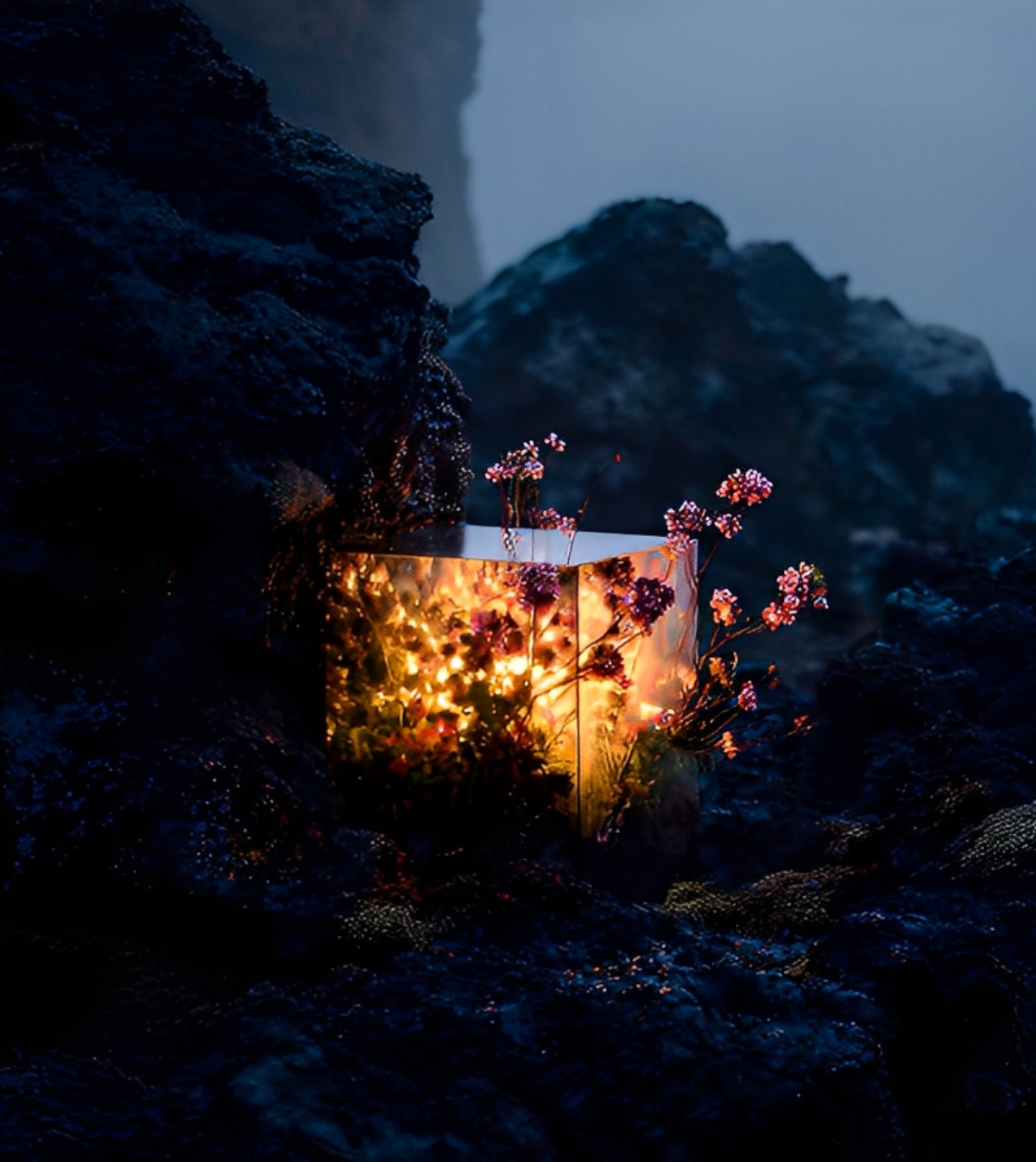It seems to be human nature to enjoy a view, getting the higher ground and taking in our surroundings has become a significant aspect of architecture across the world. Observation towers which allow visitors to climb and observe their surroundings, provide a chance to take in the beauty of the land while at the same time adding something unique and impressive to the landscape.
Mur Nature Observation Tower

The Mur Nature Observation tower is pattern after the double-helix shape of DNA. Image source
Munich-based architectural firm Terrain modelled the impressive observation tower on the double helix shape of DNA. Located near the river Mur in Gosdorf - on the border of Slovenia and Austria - the Mur Nature Observation tower stands 89 feet tall (27 metres) and overlooks the nature reserve.
The observation tower allows for scientific monitoring of the area as well as visual access to the river renaturation project and is part of a larger scheme for the Mur Nature Reserve also designed by Terrain.
Pennine Tower

The Pennine tower marks the halfway point on the drive from London to Edinburgh. Image source
Constructed in 1964, this 72-foot brutalist tower is located near Lancaster, England, and acts as the halfway point on the drive between London and Edinburgh. Having received Grade II listing status, the Pennine Tower no longer functions as a 24-hour restaurant, but remains a landmark of historic and architectural interest. Though its views of a national motorway are not exactly breathtaking, it remains an important part of the UK landscape. Reminiscent of an airport control tower, Pennine Tower drew on the progressive urban movement of so-called “glamorous” 1960s air travel.
Due to changes in fire safety regulations, the tower has been closed to the public since 1989.
Vojtěchov observation tower

Vojtěchov observation tower offers views of the remote region of the Czech Republic. Image source
Located in Vojtěchov municipality of the Czech Republic, this observation tower was built between 2008 - 2010. Vojtěchov is a fairly remote region that extends into the northern foothills of the Saar mountains in the valley of the creek Raná.
The observation tower sits atop a hill referred to as Na Hrbovatkach, at an altitude of 589.9 m above sea level. The tower is based on a metal structure that was clad in concrete and stone up to the height of two storeys. The tower’s total height is 16.35 meters, and the highest viewing point sits at 11.7 meters.
Visitors are able to access the top levels after climbing 168 steps to the observation platform. The structure was deliberately kept small and offers panoramic views of the surrounding countryside. The tower features a separate flight of stairs for visitors to descend, keeping the flow of foot traffic moving through the defined space on different flights of stairs.
Seljord lake observation tower
These observation towers surrounding Lake Seljord in Norway were designed to look like inward-facing periscopes. Image source
Lake Seljord in Norway features several interesting observation towers scattered along its shoreline. Reaching 39 feet in the air, the observation towers take the shape of periscopes facing inward towards the lake.
The municipality of Seljord commissioned Rintala Eggertsson Architects to design lookout points around the lake in order to create better access for the local population and visitors to experience the lake. The brief called for three small installations in the mid- and southeast sections of the lake, and then a main viewpoint on the southwest end of the lake, close to the town of Seljord.
As the legendary home to Norway’s answer to the Loch Ness Monster, the vantage points within these wooden observation towers are ideal for trying to spot the serpent-like monster named Selma.
Swan Bells
The Swan Bell Tower features a set of 18 bells hanging within the observation tower. Image source
Taking its name from the Swan River in Perth, Western Australia which it overlooks, the Swan Bell Tower features a set of 18 bells hanging within the specially-built 271 foot-high (82.5-meters) observation tower. Constructed of copper and glass campanile, the tower was designed by local architectural firm, Hames Sharley.
The 18 bells have a combined weight of approximately nine tonnes, as such the six-storey bell chamber was made of reinforced concrete cast in situ in order to support the weight and considerable force exerted when the bells are rung. Designed by engineering firm Arup, the bell chamber features soundproof louvres and doors that are used to muffle the sound or direct it towards the city or river as required.
Abu Dhabi Flamingo Observation Tower competition
In collaboration with the Environment Agency - Abu Dhabi (EAD), the Abu Dhabi Flamingo Observation Tower competition is calling for submissions for designs for an observation tower in the Al Wathba Wetland Reserve in Abu Dhabi. The man-made reserve in the UAE capital is home to a spectacular flock of some 4,000 migratory flamingos during the winter months.
Participants are being asked to create designs for an observation tower and accompanying boardwalk so that visitors can fully immerse themselves in the stunning wildlife of the reserve. Projects will need to be mindful of the unique environment, as well as have the potential to become an iconic landmark in the region.
Top 3 Reasons Why You Should Enter Architecture Competitions
Curious about the value of architecture competitions? Discover the transformative power they can have on your career - from igniting creativity and turning designs into reality, to gaining international recognition.
Learn more



























